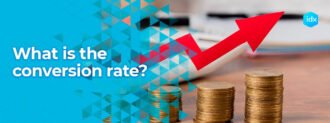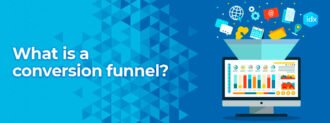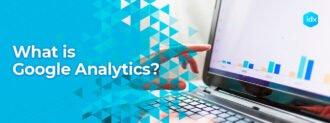
The sales funnel is a conceptual tool that allows us to plan and establish the different stages of conversion. That is to say, the way in which we relate to the customer to achieve a purchase, a registration, etc. It is also known as sales funnel or AIDA model(Attention, Interest, Desire, Action). The word “funnel” literally means “funnel”.
Table of contents
why have a sales funnel?
Although the sales funnel is not a concept specific to e-commerce, it is used in e-commerce to clarify and simplify the different stages from the moment the user receives information about a product or service until he finally purchases it. This allows us to evaluate the relationship between our products and customers, allowing us to know:
- the degree of interest in the product
- the customer’s expectations throughout the sales process
- the elements that interfere with or enhance the sale
- etc.
With this kind of data, we can develop strategies to improve the conversion process. For example, improve transactions or the way the sales team works and focus on certain procedures to eliminate unnecessary expenses, among others.
Therefore, every e-commerce specialist should know what a sales funnel is in order to carry out a good sales planning.
Sales funnel phases
The phases of the sales funnel appear clearly in a funnel-shaped graph, in which the upper (wider) part represents the contact with the customer, and the lower (narrower) part represents the closing of the sale. It is a very intuitive way to understand how the process goes through a “filter” or “funnel”, from the first expectations to the final result.
Phase 1: Contact
This phase consists of identifying potential customers and attracting them through SEO, content marketing and social media strategies and techniques, among others. The objective is to make the product or service known, and obtain useful information about the user through their contact information, form filling, feedback, surveys, etc. This phase of the sales funnel is the one that requires the most investment.
Phase 2: Obtaining leads
Once we have the data of potential customers, we begin to filter those in which it is worth investing. This saves us effort and resources by focusing on the people who are really interested in our proposal. Having focused our attention on the right user, we wait for them to show interest before we let them know about our offerings. Then we can start to investigate what products or services they want, interacting with them in an automated way (through the website’s own mechanisms) or personally (by sending surveys, making phone calls, etc.)
Phase 3: Closing
In this phase, the sale as such begins, since we already have all the necessary information: desired product, user’s intentions and opinions, etc. In general, Lead Nurturing is used as the main strategy to drive the sale. Lead Nurturing aims to establish relevant relationships with our leads through email marketing. Another strategy is the creation of exclusive Webinars for subscribers. The aim is to get the user to become a customer or, otherwise, to discard him.
Related Posts








